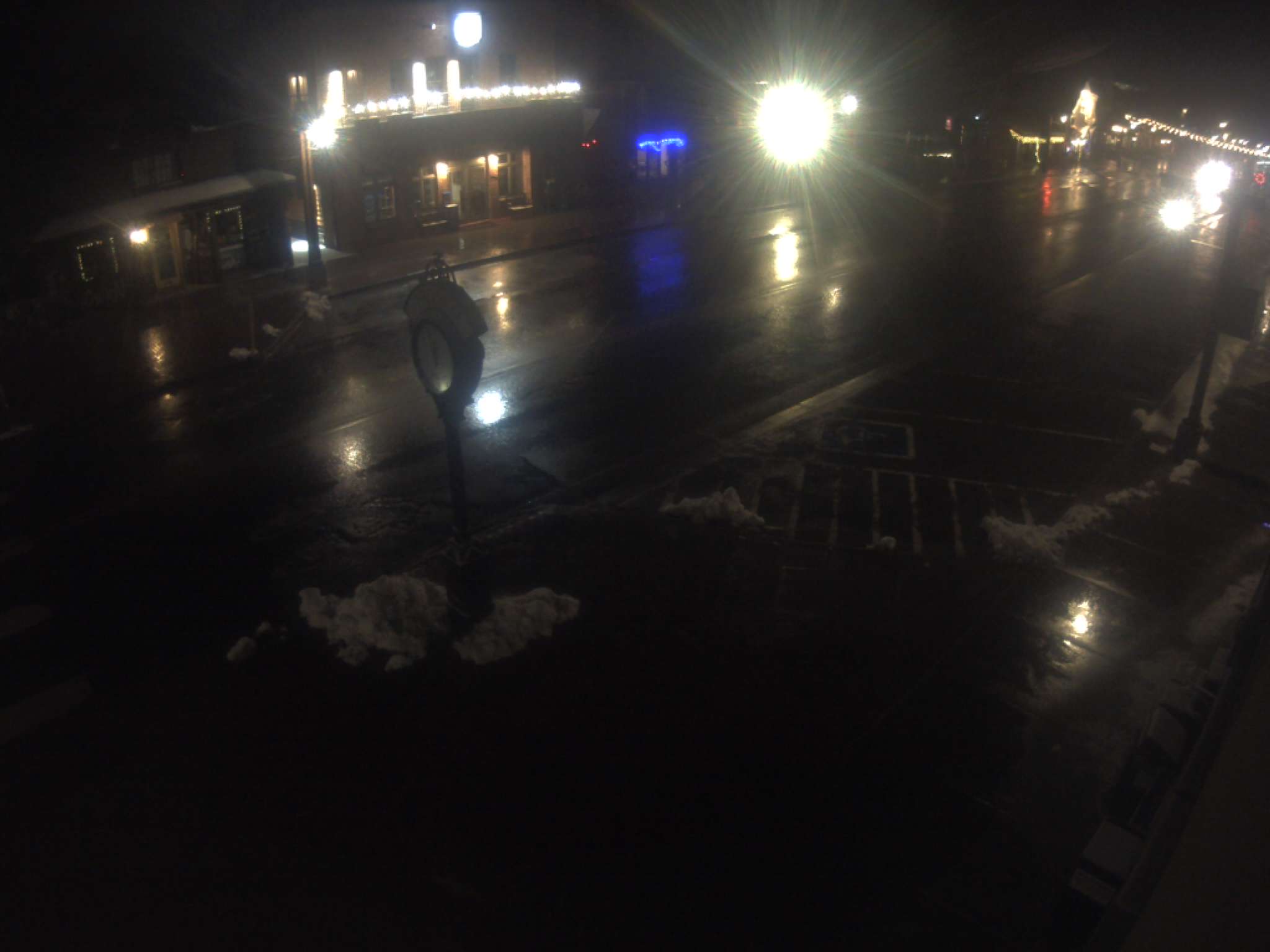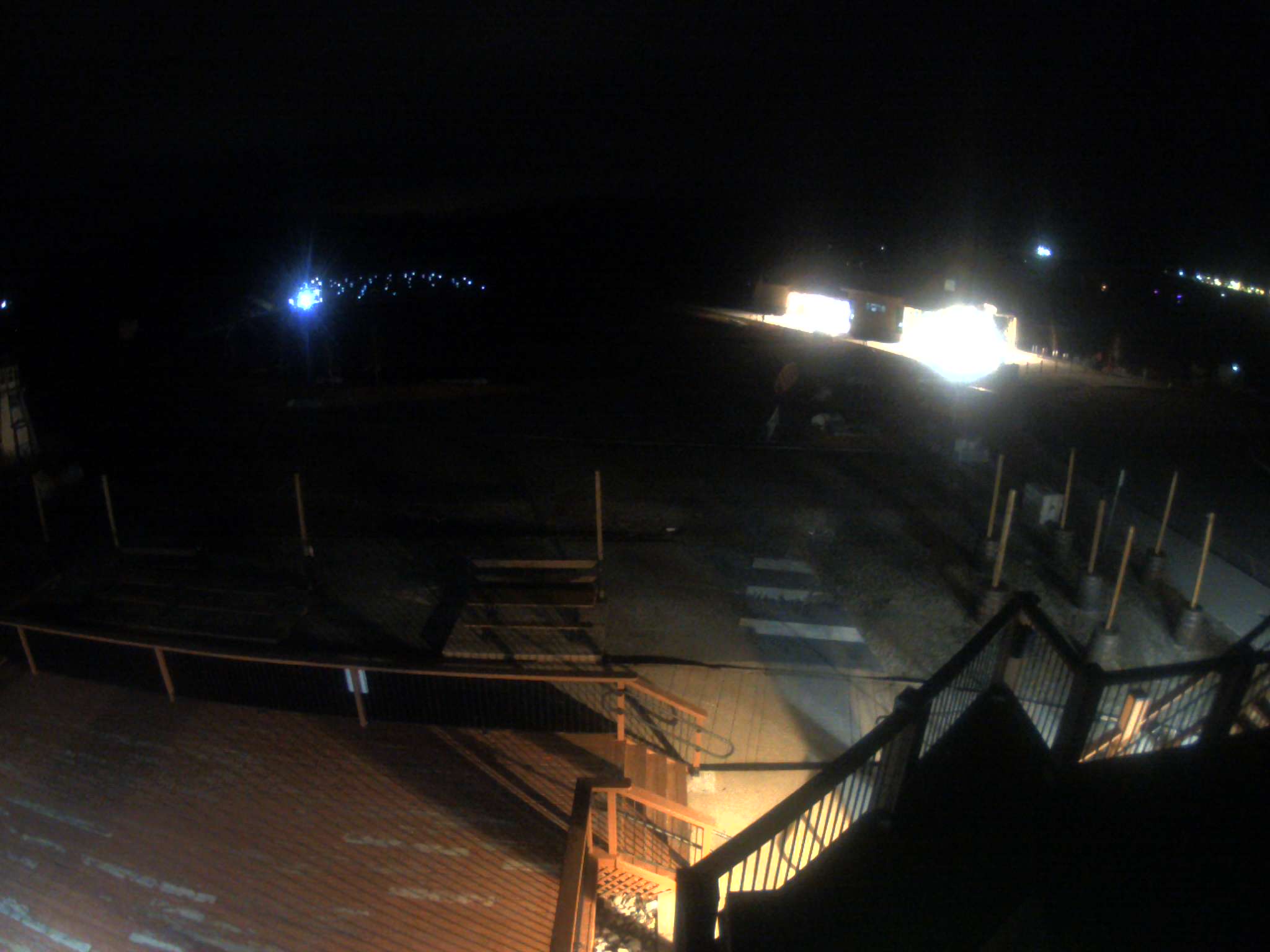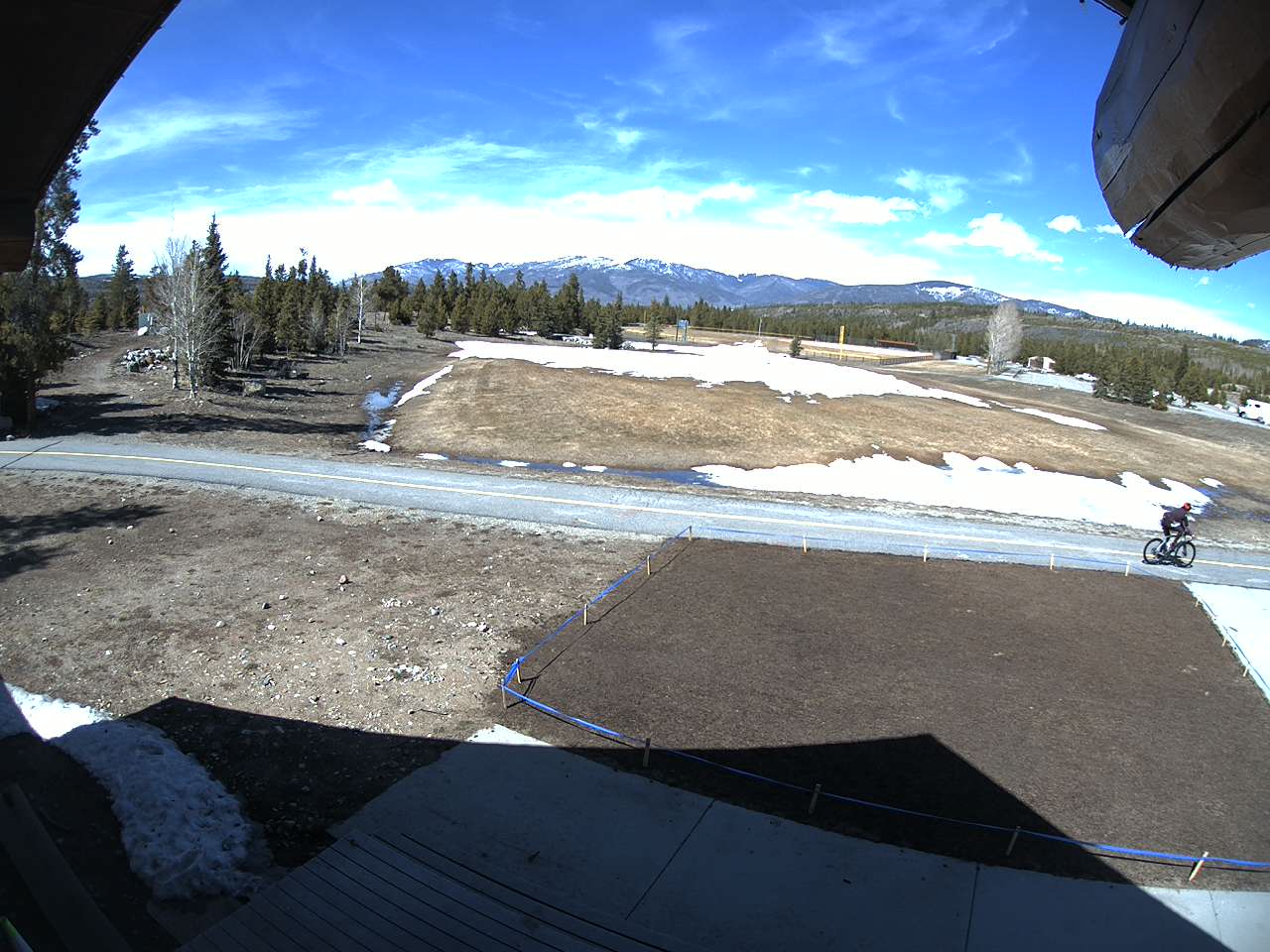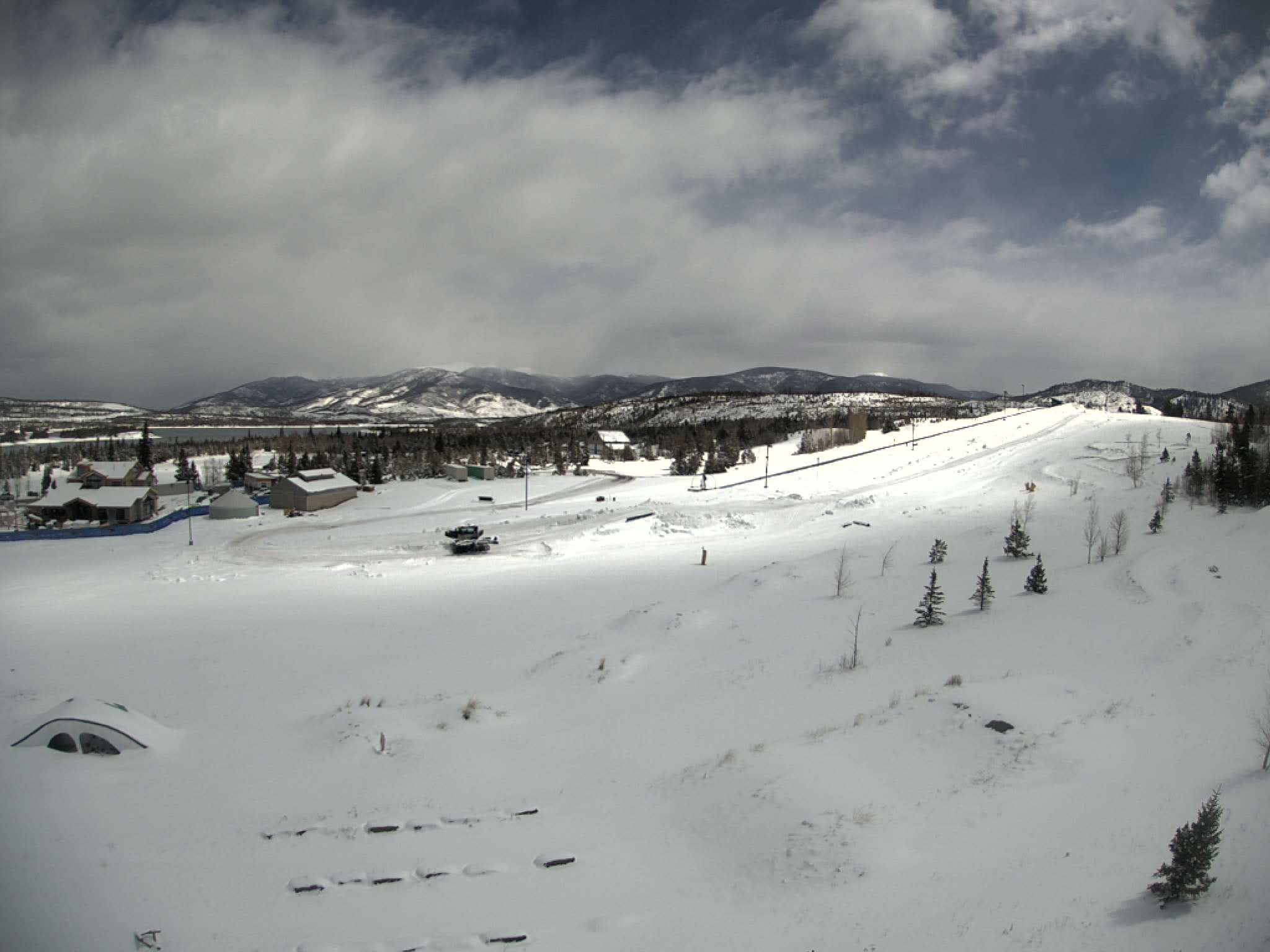Frisco, Colorado Weather Cams
Main Street

Frisco Bay Marina

Nordic Center

Adventure Center

Tubing Hill, Frisco Adventure Park

Frisco, Colorado: Mining Roots, Mountain Revival, and the Heart of Summit County
Frisco, Colorado Weather Cams Tucked between the Tenmile Range and the shores of Dillon Reservoir, Frisco, Colorado, is a town that has reinvented itself more than once. From its origins as a mining outpost in the late 19th century to its present-day role as a vibrant mountain town and recreational hub, Frisco’s story is one of resilience, reinvention, and a deep connection to the alpine landscape of Summit County.
Ute Homelands and Early Exploration
Long before the arrival of settlers, the area now known as Frisco was part of the seasonal range of the Ute people, particularly the Parianuche and Yampa bands. These Indigenous communities followed game through the high country, fished in alpine streams, and gathered roots and berries in the meadows of what would become the Blue River Valley. The Utes maintained a spiritual and practical relationship with the land, moving between the high peaks in summer and lower elevations in winter.
By the early 1800s, fur trappers and mountain men—many of French and American descent—began exploring the region. The Blue River and Tenmile Creek became important landmarks for these early adventurers, and the rugged terrain of the Tenmile Range loomed large in their journals and maps.
Founding and the Mining Boom
Frisco was founded in 1873 and officially chartered in 1879 by Henry Recen, during the height of Colorado’s silver boom. The town’s name, contrary to popular belief, does not derive from San Francisco but rather from the St. Louis–San Francisco Railway—“Frisco” for short—in a bid to attract the rail line westward. Though the railway never came, the name stuck.
By 1882, Frisco had grown into a bustling mining town with a population of around 250. It boasted two railroads, numerous saloons, hotels, general stores, and a schoolhouse. The surrounding hills were dotted with mines extracting silver, lead, and gold. The town’s economy thrived on the back of hard rock mining, and its streets echoed with the sounds of ore wagons and blacksmiths.
y 1882, Frisco had grown into a bustling mining town with a population of around 250. It boasted two railroads, numerous saloons, hotels, general stores, and a schoolhouse. The surrounding hills were dotted with mines extracting silver, lead, and gold. The town’s economy thrived on the back of hard rock mining, and its streets echoed with the sounds of ore wagons and blacksmiths.
Decline and Near Abandonment
Like many mining towns in the Rockies, Frisco’s fortunes were tied to the volatile price of silver. The repeal of the Sherman Silver Purchase Act in 1893 triggered a collapse in silver prices, and Frisco’s mining economy began to unravel. By the time the Great Depression hit in the 1930s, the town’s population had dwindled to just 18 residents.
Despite the downturn, Frisco never became a ghost town. Ranching and subsistence farming helped sustain the remaining families. In the 1940s, rancher Bill Thomas offered free plots of land to Denver residents on the condition they build cabins within a year. This initiative sparked a modest revival, and by 1946, the population had grown to 50.
The Ski Boom and a New Identity
Frisco’s true renaissance began in the 1960s with the rise of the ski industry in Summit County. The opening of nearby resorts—Arapahoe Basin (1946), Breckenridge (1961), Keystone (1970), and Copper Mountain (1972)—transformed the region into a winter sports mecca. Frisco, centrally located among these resorts, became a natural basecamp for skiers and outdoor enthusiasts.
The construction of Dillon Reservoir between 1961 and 1963 also reshaped the landscape. The original town of Dillon was relocated, and Frisco found itself on the new reservoir’s western shore. The lake added summer recreation to the town’s appeal, drawing boaters, anglers, and campers.
Historic Preservation and Cultural Revival
In the 1980s and 1990s, Frisco embraced its heritage through historic preservation. The town established the Frisco Historic Park & Museum, a collection of original 19th-century buildings relocated to Main Street. These include a schoolhouse, chapel, jail, and several log cabins, each offering a glimpse into frontier life. The museum has become a cultural anchor, hosting events, exhibits, and educational programs.
Frisco also gained fame for its community events, including the Colorado BBQ Challenge, first held in 1993. This annual festival draws thousands of visitors and supports local nonprofits, blending culinary flair with small-town charm.
Geography and the Tenmile Range
Frisco sits at 9,097 feet above sea level, nestled in a narrow valley between the Tenmile Range to the west and the Gore Range to the north. The Tenmile Range, an extension of the Mosquito Range, includes iconic peaks like Peak One and Quandary Peak. These mountains, once the domain of miners and trappers, now attract hikers, climbers, and backcountry skiers.
The town is also part of the White River National Forest, one of the most visited national forests in the country. Trails like the Mount Royal Trail and the Peaks Trail offer access to alpine lakes, wildflower meadows, and panoramic vistas.
Frisco Today: A Mountain Town with Heart
As of the 2020 census, Frisco had a population of just under 3,000 full-time residents. Despite its small size, the town punches above its weight in terms of amenities, culture, and outdoor access. Main Street is lined with locally owned shops, restaurants, and breweries, while the Frisco Adventure Park offers tubing, biking, and Nordic skiing.
Frisco’s location along Interstate 70 and U.S. Highway 9 makes it a convenient stop for travelers, but it has managed to retain its character amid the growth of Summit County. The town’s motto, “Main Street of the Rockies,” reflects both its central location and its commitment to community.
A Legacy of Reinvention
Frisco’s history is a microcosm of the American West: Indigenous homelands, mining booms, near abandonment, and eventual rebirth through recreation and tourism. It is a place where log cabins and ski lifts coexist, where the past is preserved not as a relic but as a living part of the town’s identity.
Whether you’re strolling through the historic park, paddling on Dillon Reservoir, or gazing up at the Tenmile Range, Frisco offers a sense of continuity—a reminder that even in the face of change, some places endure by adapting while staying true to their roots.
For more information, visit the Frisco, Colorado official website.
